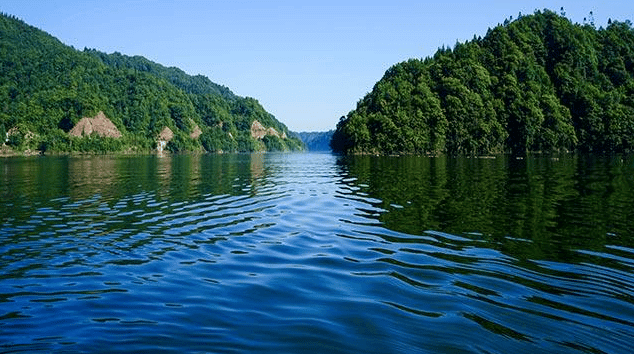
Water, the lifeblood of our planet, comes in many shapes and forms; surface water and groundwater are like a dynamic duo playing a vital part in Earth’s Water Cycle. To manage our water sources efficiently, it is imperative for us to understand its special features.
Let us focus on their differences in terms of four major factors – origin, accessibility, quality, and vulnerability.
The Differences Between Surface Water and Ground Water
As our communities grapple with increased water needs and environmental worries, having a good grip on what sets surface water and groundwater apart is vital for making smart decisions that ensure the long-term health of our planet.
Where They Come From
Surface water kicks off its journey from precipitation, flowing and gathering on the Earth’s surface. Think rivers, lakes, reservoirs, and oceans—the visible water wonders we encounter daily.
Rainfall, snowmelt, and storm runoff work together to keep these surface water sources topped up. Now, groundwater takes a more subtle route. It starts with precipitation or surface water seeping into the ground, filling up nooks and crannies in rocks and soil.
This slow infiltration process gives birth to aquifers, which are like nature’s secret vaults storing and transporting groundwater.
How We Reach Them
Accessibility is a big deal when it comes to water. Surface water has the upper hand here. It is open, visible, and suitable for different human undertakings. Rivers and lakes are not only beautiful; they play a significant role in water transportation, irrigation, and recreation.
On the other hand, groundwater is like a buried treasure under our feet. To tap into it, we need wells or boreholes.
Technology lends a hand, but getting to groundwater requires specific infrastructure and management practices, making it less visibly accessible than its surface counterpart. Pumping water to surface level with a submersible pump (such as one of these) https://cleanflow.net/collections/flotec is one method.
Quality
Let’s discuss water quality, an element that directly affects our health and the well-being of all ecosystems. In this regard, surface water and groundwater are not the same. Surface water in the open is just like an exposed book to outside influences from surroundings.
Runoff from rain, as well as industrial discharges and urban activities, are likely to carry pollutants that may threaten both the purity of water and the welfare of ecosystems or humans. Now, underground water is almost like a secret that’s well-kept.
Deep under layers of soil and rock, it is more pure. However, do not be misled—contamination can still infiltrate. If pollutants enter the subsurface, they are likely to affect aquifers and make groundwater useless for human consumption.
Vulnerability to Depletion
In terms of maintaining a sustainable water source, identifying the vulnerability to depletion becomes an important factor in avoiding water scarcity. Surface water is subjected to first-order impacts due to changes in climate and precipitation.
Picture droughts and shifts in weather patterns—they can quickly shrink surface water levels, affecting ecosystems and the way we go about our daily lives. Now, groundwater has a different tempo. Stored in aquifers beneath the surface, it doesn’t show its cards as swiftly.
But here’s the catch—excessive withdrawal, driven by our growing needs for agriculture and city water supplies, can lead to groundwater depletion.
Imagine it as a slow drip that gradually makes the land sink permits saltwater infiltration, and creates longstanding environmental issues. It is a fine balance we have to find for the advantage of water resources and nature.
Conclusion
In the end, many differences across various parameters between surface water and groundwater highlight the need for a proper approach to managing sources of water that are quite varied like these.
Striking that balance between meeting human needs and preserving our precious ecosystems is the secret to sustainable management practices.
Nikki Zhang
Related posts
Stay connected
- How LoveOn Chat Is Becoming the Most Versatile AI Companion for Digital UsersThe internet keeps shifting toward hyper-personal interaction, and AI companions are at the center of this shift. What used to be simple chatbots are now evolving into emotionally aware, adaptive, and multi-functional digital partners. Among the new generation of platforms, LoveOn Chat is becoming one... The post How LoveOn Chat Is Becoming the Most Versatile […]
